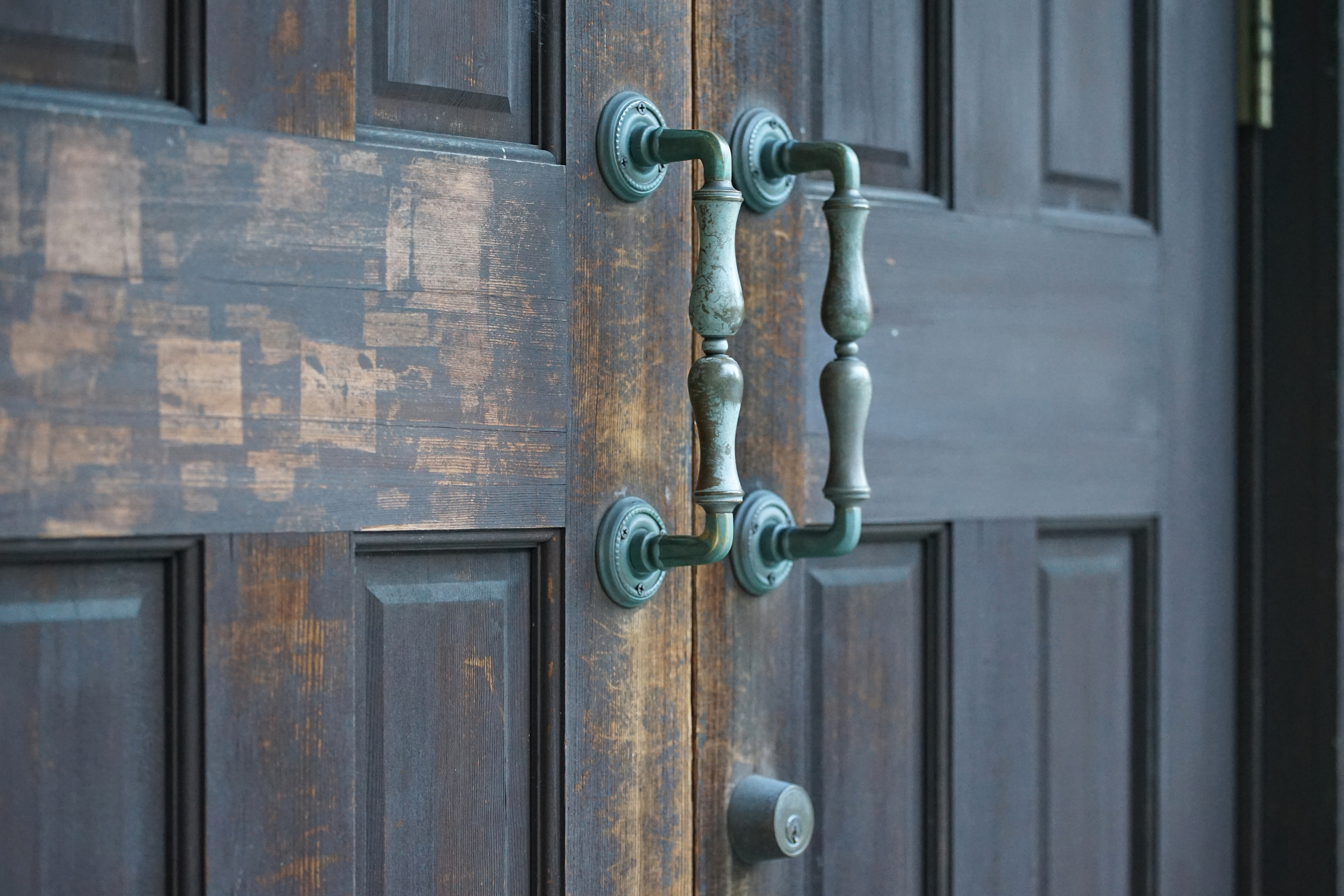Don’t Replace That Door — Restore It!
Know when it’s worth restoring your old door instead of replacing it. Learn the benefits, drawbacks, and which tradie to call for help.

There’s something undeniably charming about an old door. Whether it’s a classic timber front entry or a vintage internal feature, older doors often come with character that newer models can’t quite replicate. But when wear and tear set in, many homeowners assume the only solution is to rip it out and start again.
Before you replace it, consider this: a quality door restoration could breathe new life into the piece while saving you money, preserving architectural charm, and supporting sustainability. Here’s everything you need to know before making the call.
Why Consider Door Restoration?
Restoring an existing door isn’t just about holding onto something old — it’s often the smarter choice in more ways than one.
It’s More Sustainable
Opting for door restoration over replacement helps reduce landfill waste and lowers demand for new materials. Restoring a timber door, in particular, aligns with eco-conscious living by extending the life of an already-harvested resource.
Character You Can’t Replace
Many older doors are made from solid wood and feature details — like ornate panelling, period-style glass, or brass hardware — that are expensive or hard to replicate today. A restoration allows you to keep these features while updating the door’s function and finish.
May Be More Cost-Efficient
Restoring a door can cost less than replacing it, particularly if the structure is sound and the frame and hardware are still usable. However, this isn’t guaranteed. If there’s extensive damage, lead paint removal, or specialist finishes required, the cost of restoration can climb — sometimes even exceeding that of a brand-new door. It's best to get a professional assessment before deciding.

When to Restore (and When Not To)
Not all doors are worth saving. The key is knowing how to evaluate your current door’s condition, material, and purpose.
Best Candidates for Restoration
- Solid Timber Doors: These can be sanded, filled, repaired, and painted or stained for a completely refreshed look.
- Feature or Period Doors: Decorative or antique doors often have heritage value that’s hard to match with off-the-shelf models.
- Sliding or French Doors: Issues like sticking, misalignment, or chipped paint are often fixable without a full replacement.
Signs It Might Be Time to Replace
- Structural Damage: If your door is warped, cracked through, or has sustained water or termite damage, it may be beyond repair.
- Poor Insulation: If it’s letting in cold air or drafts even after sealing, a new door with better energy ratings may be worth the investment.
- Safety Concerns: Doors with damaged locks, loose hinges, or outdated safety features may need upgrading for better security.
Pros and Cons of Door Restoration
Pros
- Saves Money: Especially if the door is in decent condition overall.
- Preserves Style: Keeps your home’s character intact.
- Environmentally Friendly: Less waste, less manufacturing.
- Customisation: You can upgrade handles, letterboxes, locks, or add frosted glass.
Cons
- Time-Consuming: The process includes removing, sanding, filling, repainting, and reinstallation — it’s not a quick fix.
- Hidden Issues: Problems like rot or lead-based paint might only become apparent after work begins.
- Design Limitations: You’re working with what’s already there, so changes may be minimal.
- Shorter Lifespan: Depending on age and condition, a restored door may not last as long as a new one.
Pros and Cons of Replacing the Door
Pros
- Improved Energy Efficiency: Modern doors with insulation and quality seals can lower heating and cooling bills.
- Better Security: New doors often feature reinforced frames and advanced locking systems.
- Modern Look: Choose a fresh style that better suits your current interior or exterior design.
Cons
- Higher Upfront Cost: New doors and professional installation can add up quickly.
- Less Eco-Friendly: Replacing a door contributes to landfill waste and consumes more resources.
- Loss of Charm: It can be difficult to find a new door with the same character as the old one.

Common Types of Doors and Who to Call
If you’ve decided on restoration, the next step is knowing which professional to call. Different doors require different skills:
- Timber Doors: A skilled carpenter or door restoration specialist can handle everything from sanding and sealing to structural repairs.
- Metal Doors: These may need rust treatment and specialised paint. A metalworker or welder may be required.
- Sliding or Bifold Doors: For track realignment or glass replacement, a door and window installer is your go-to.
- Painted Doors with Old Finishes: For doors painted before the 1980s, consider hiring someone experienced with lead paint safety to strip or seal surfaces properly.
You can find all these tradies and compare quotes on ServiceSeeking.com.au.
How a Professional Can Help
A seasoned professional can assess whether your door is worth saving, guide you through the process, and ensure it’s finished to a high standard. Tasks they may carry out include:
- Removing and reinstalling the door properly
- Repairing cracks, dings, and delamination
- Stripping back old paint safely
- Sanding and sealing with the correct products
- Replacing or upgrading door hardware
- Matching the finish to the rest of the home
Done right, the result can be stunning and often more satisfying than buying new.
Door restoration isn’t just about saving money—it’s about making the most of what you already have. If your door has good bones, a bit of expert care can extend its life, improve your home’s energy performance, and retain its original charm.
If you're not sure where to begin, post your job on ServiceSeeking.com.au and connect with qualified local tradespeople who can bring your door back to life — safely, skillfully, and beautifully.
